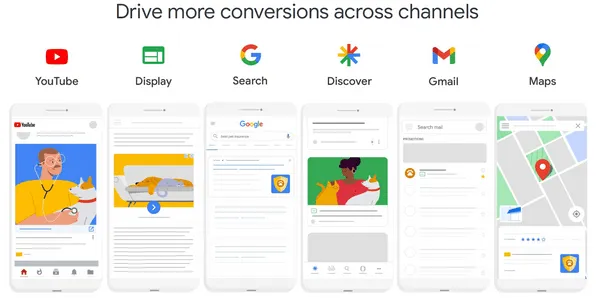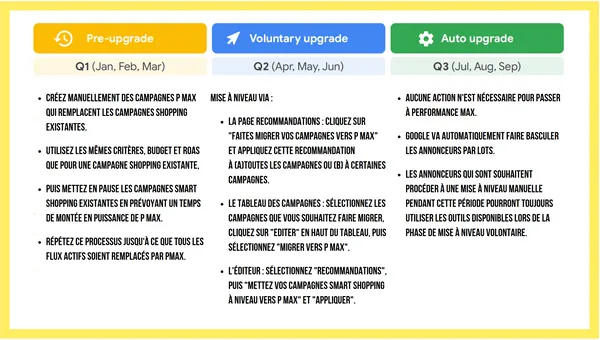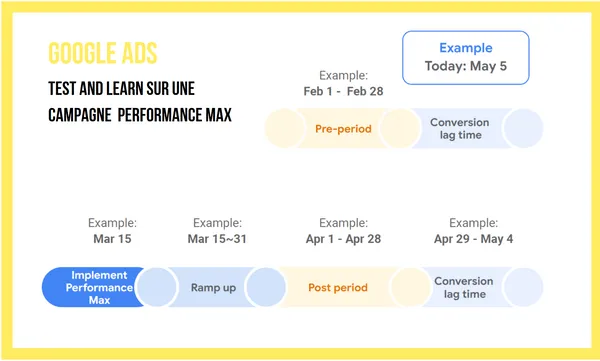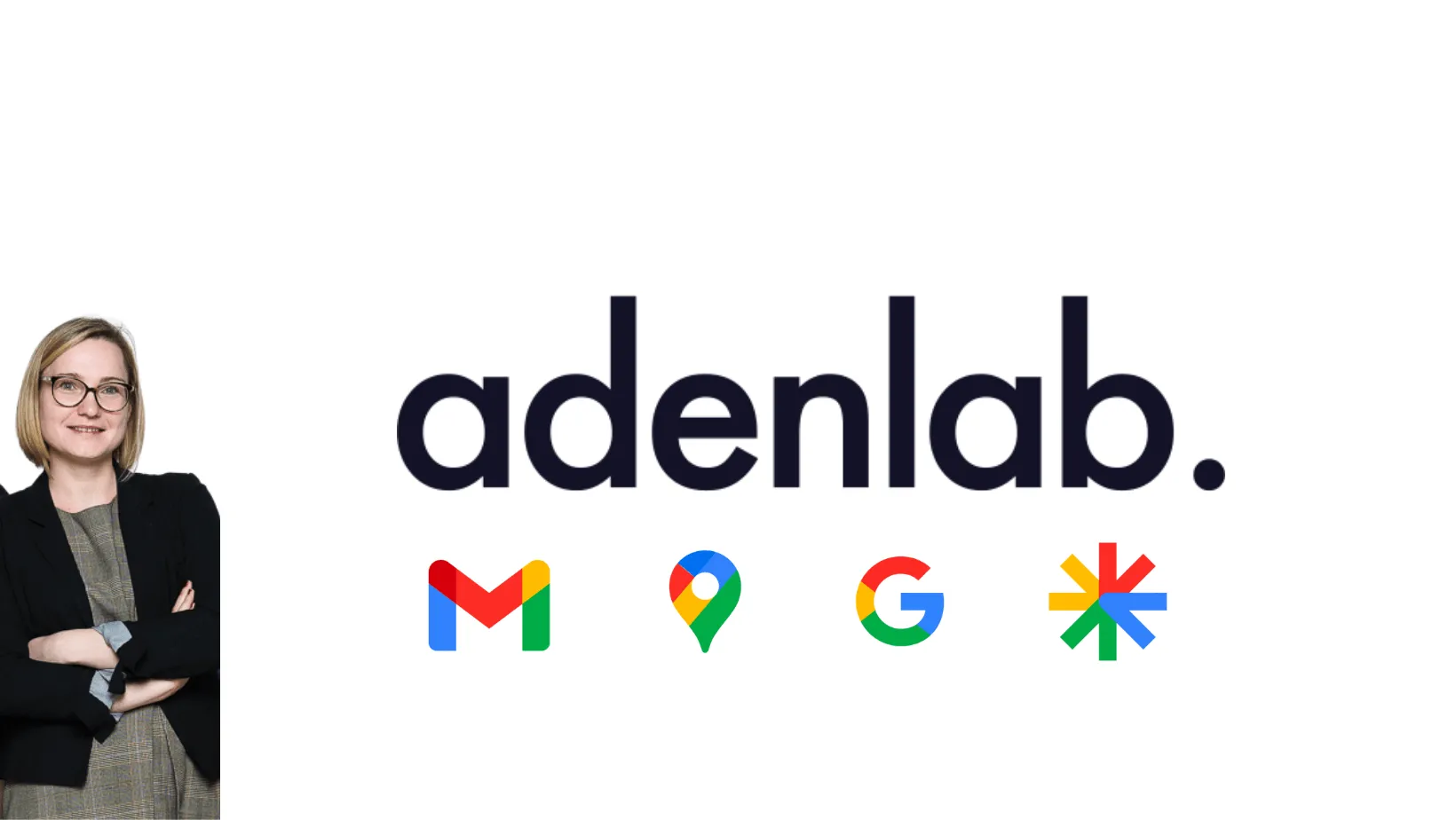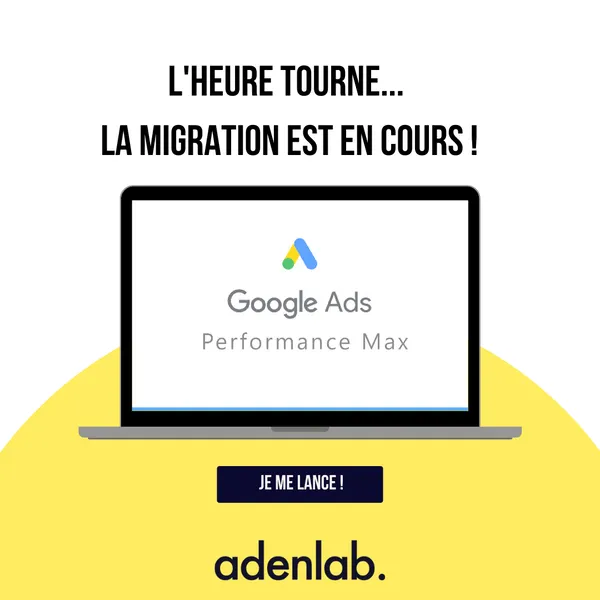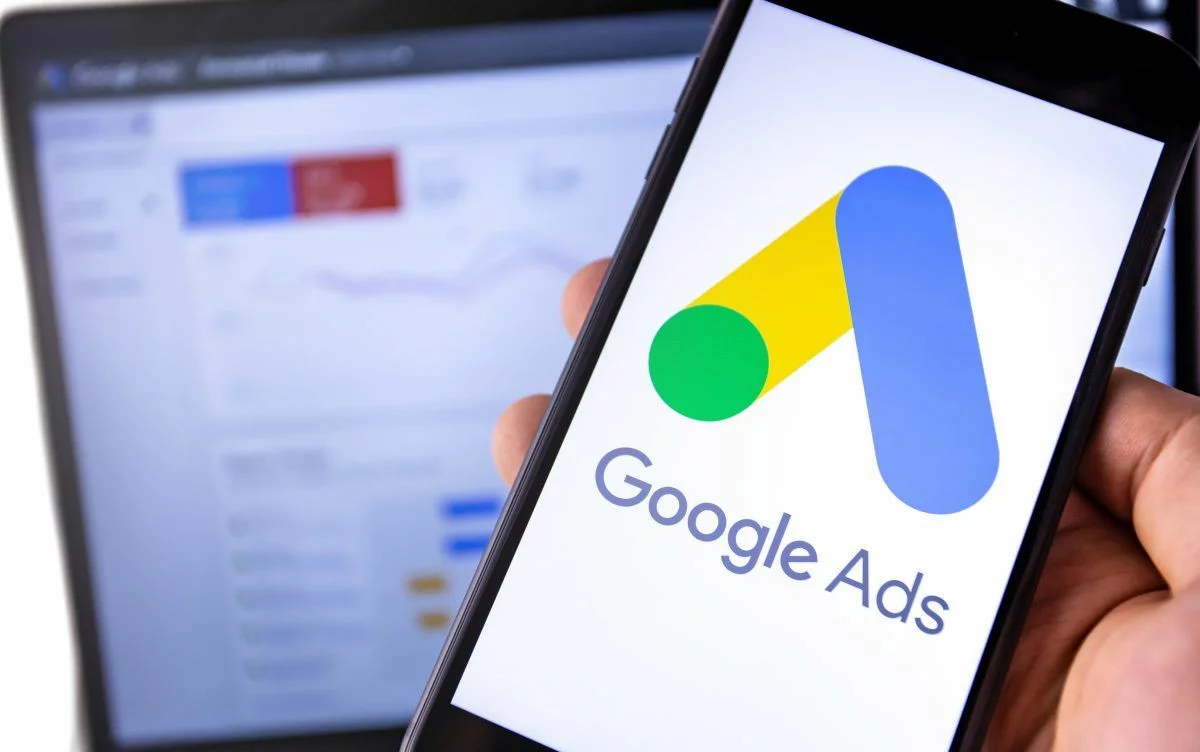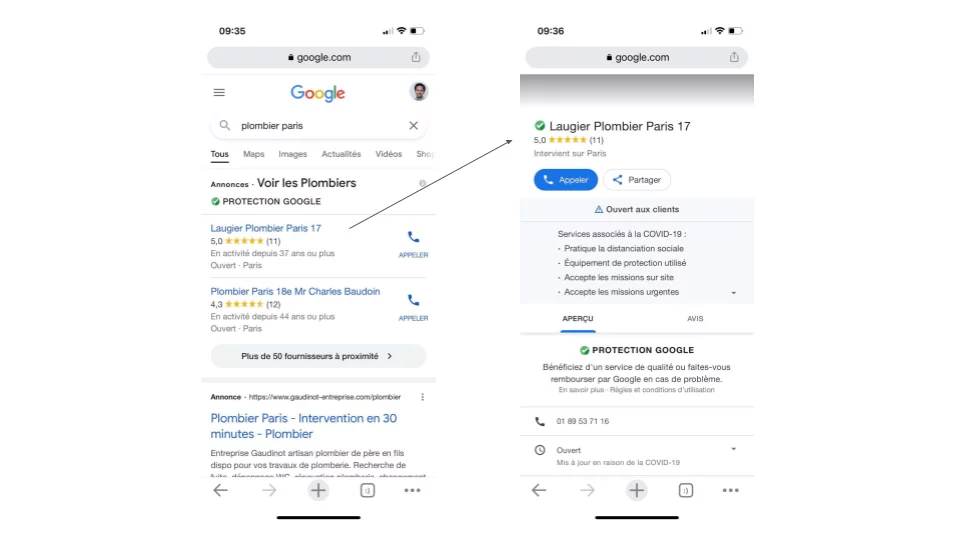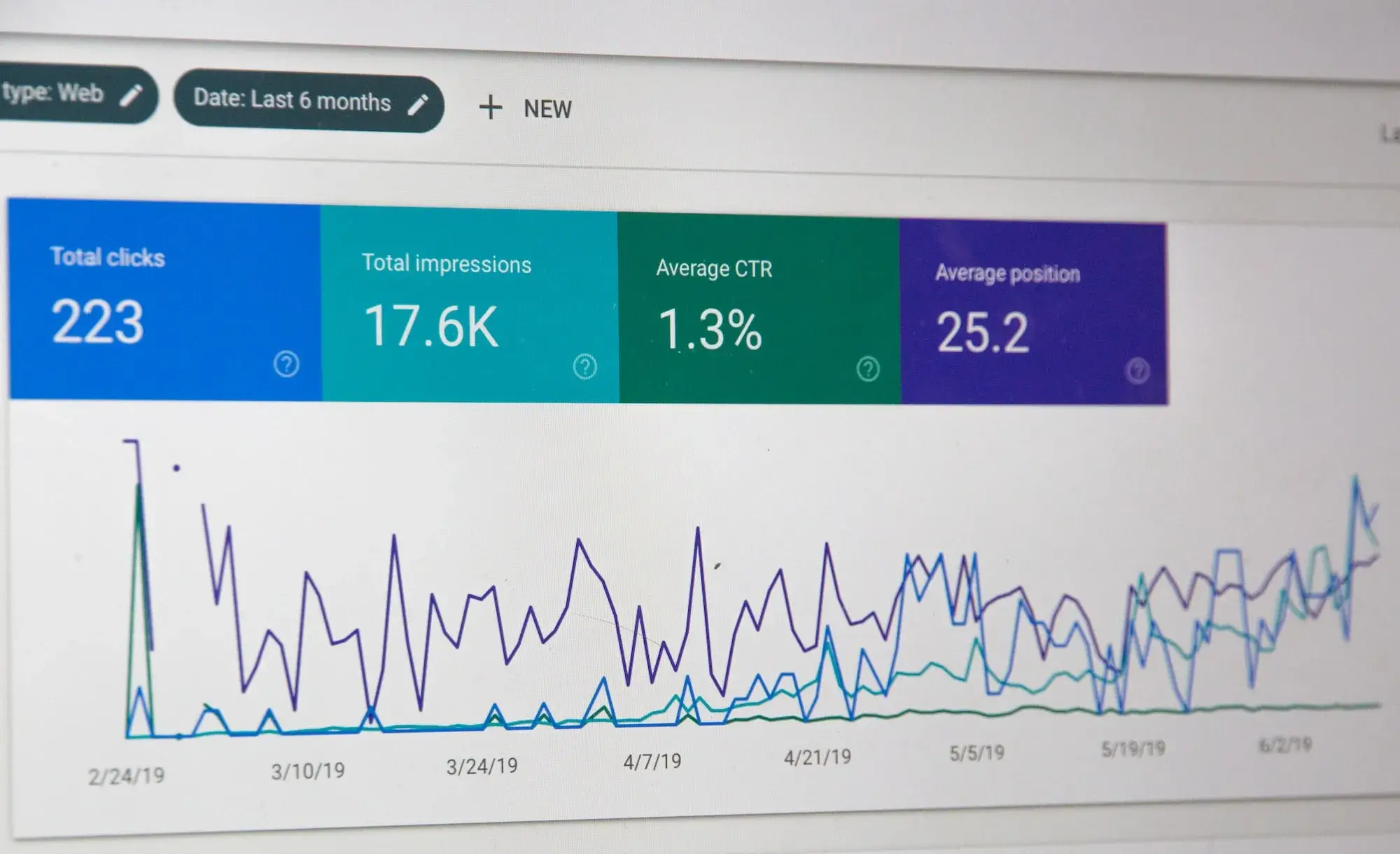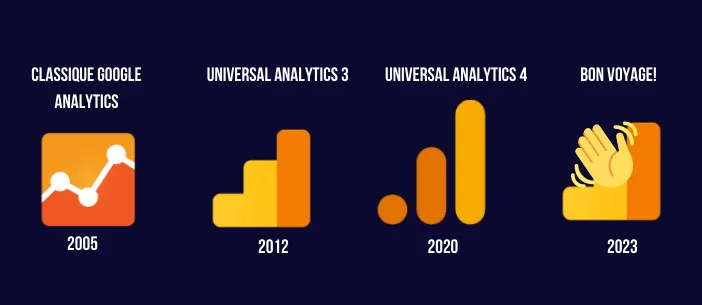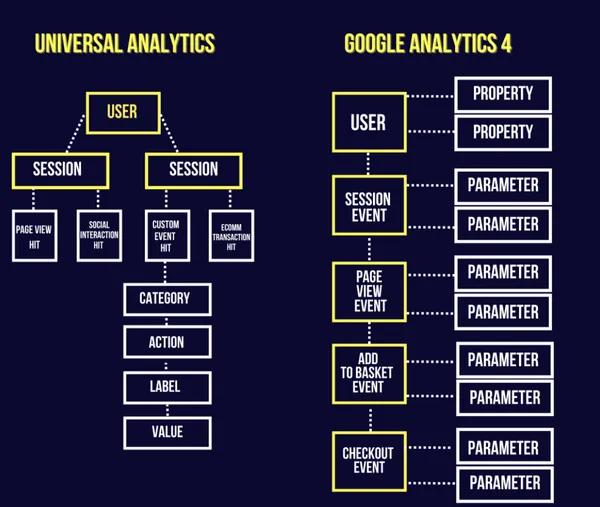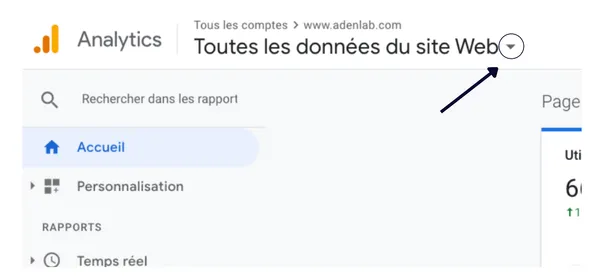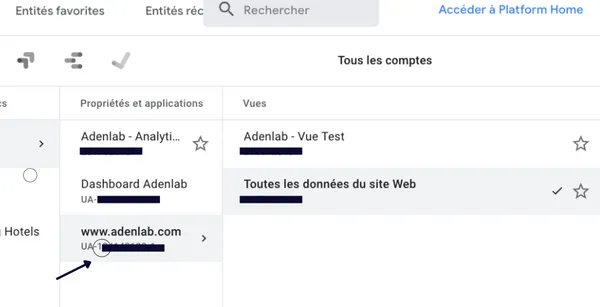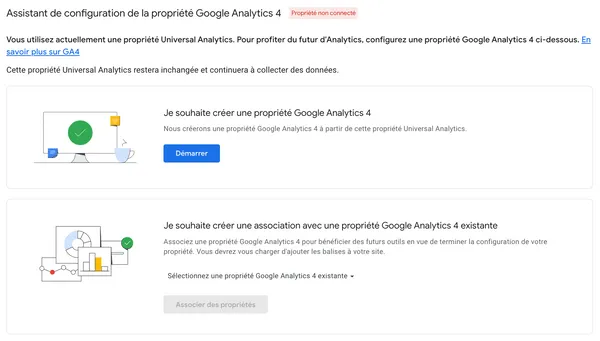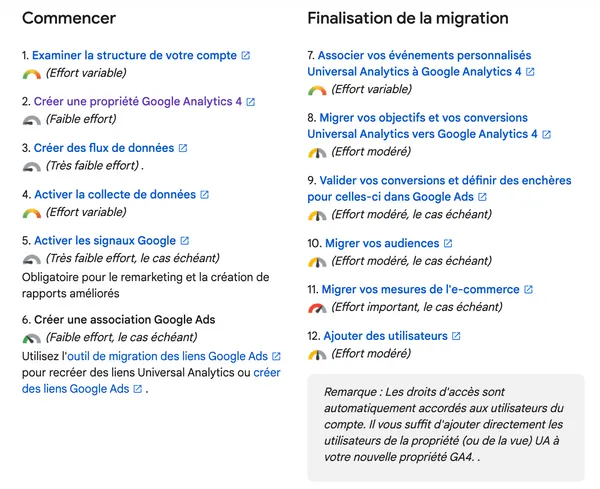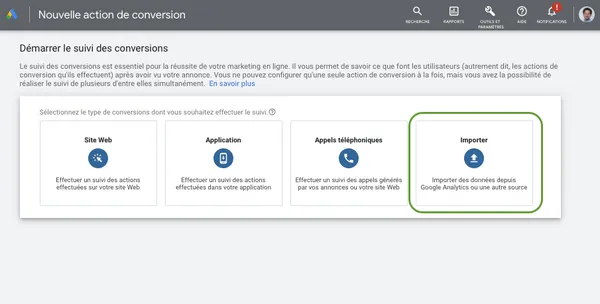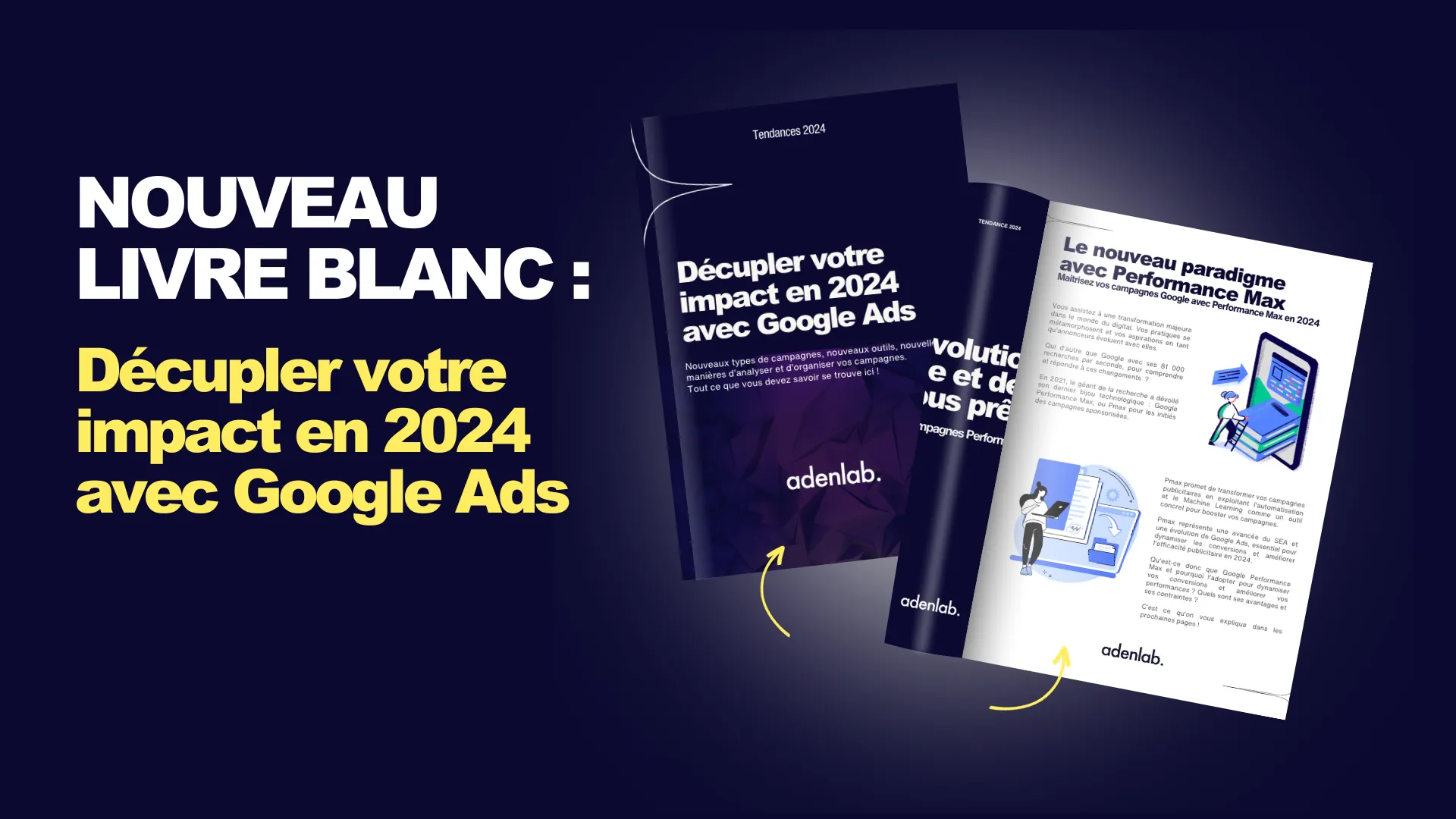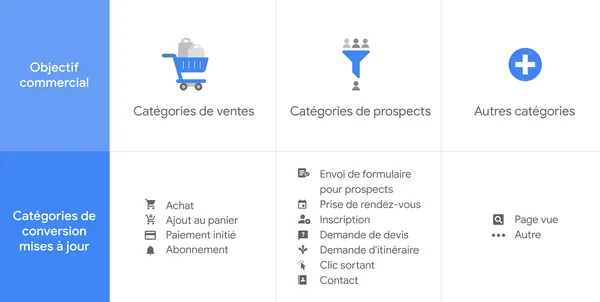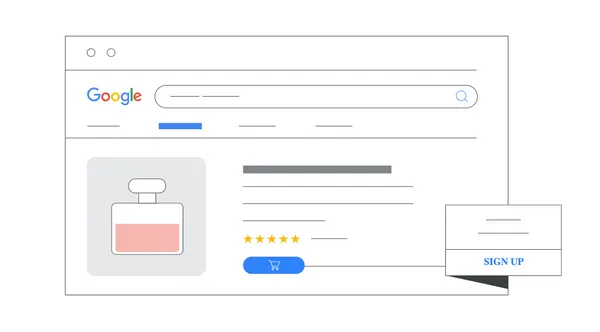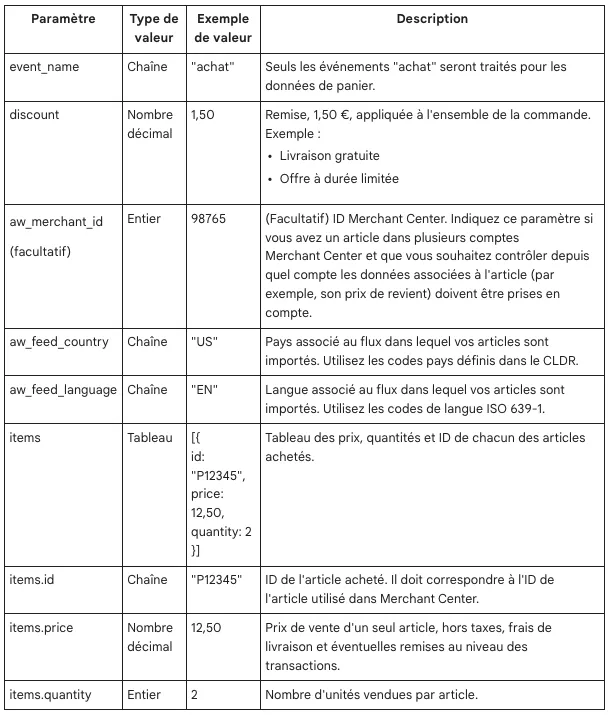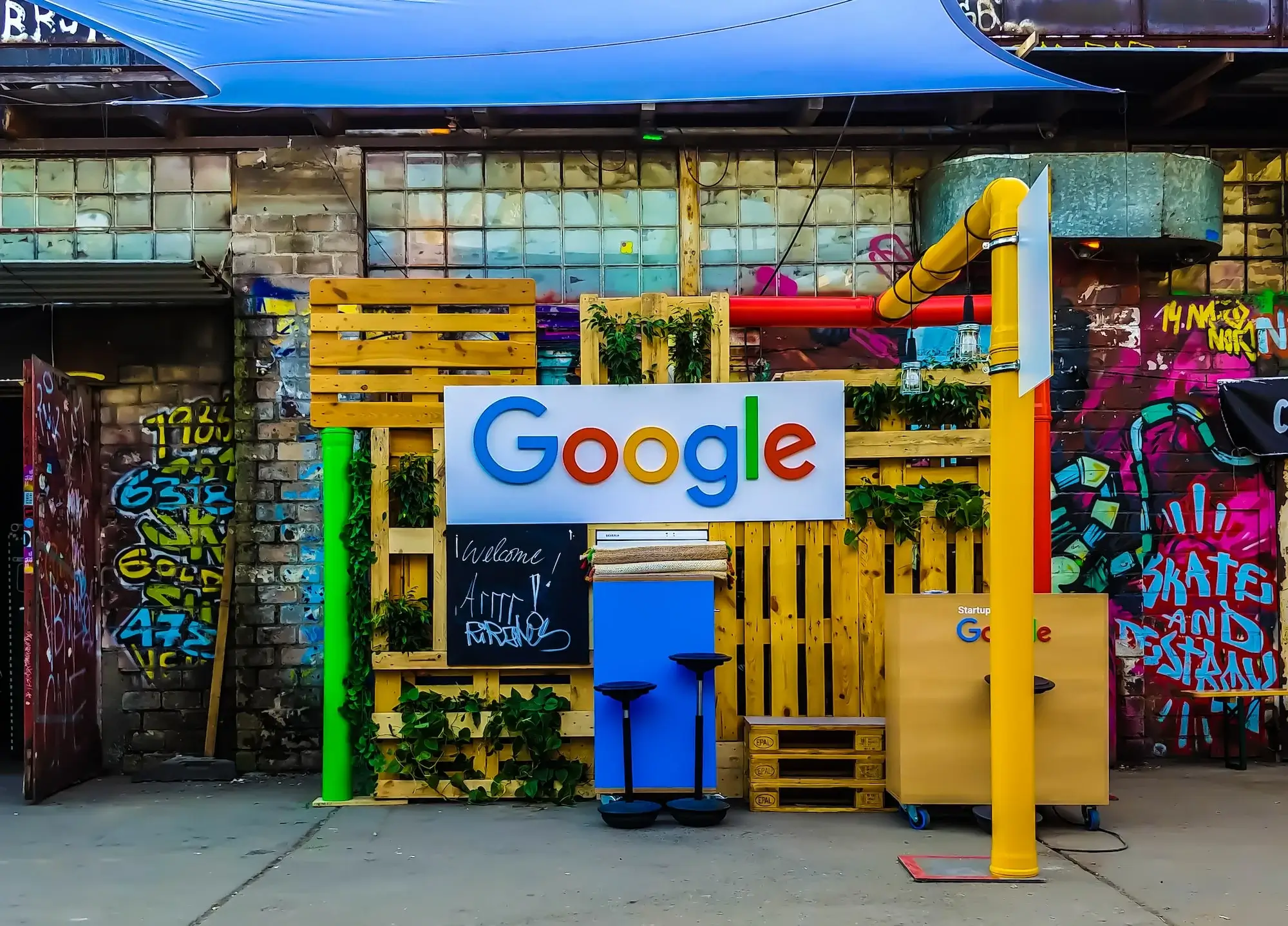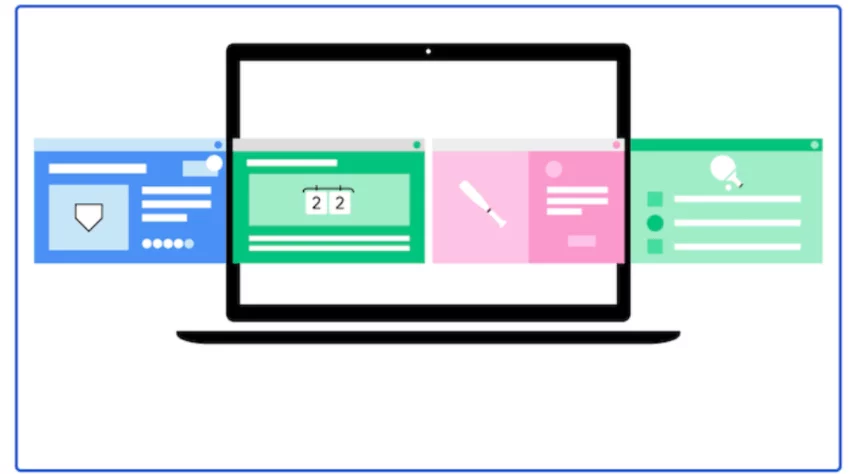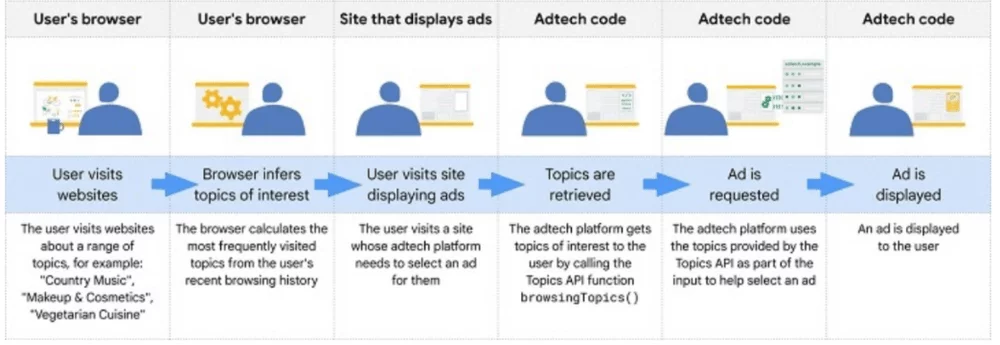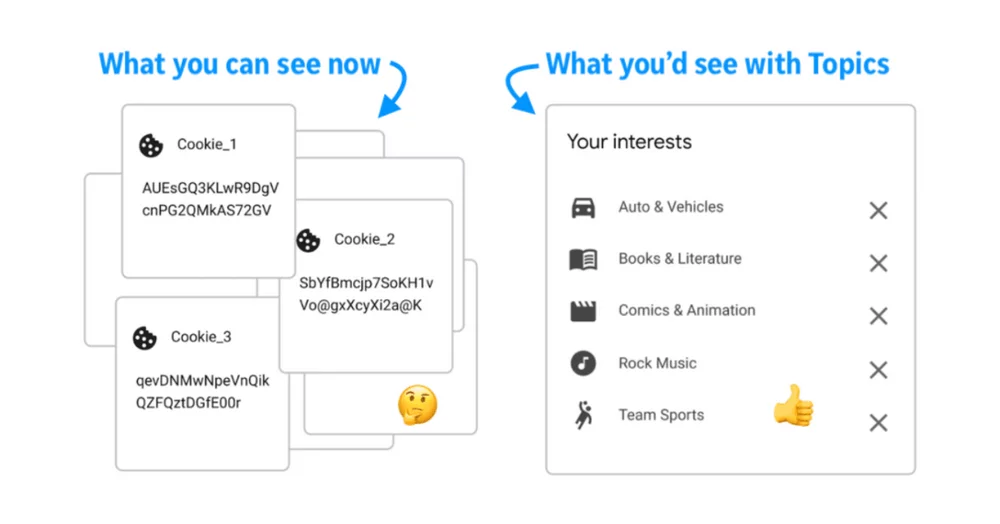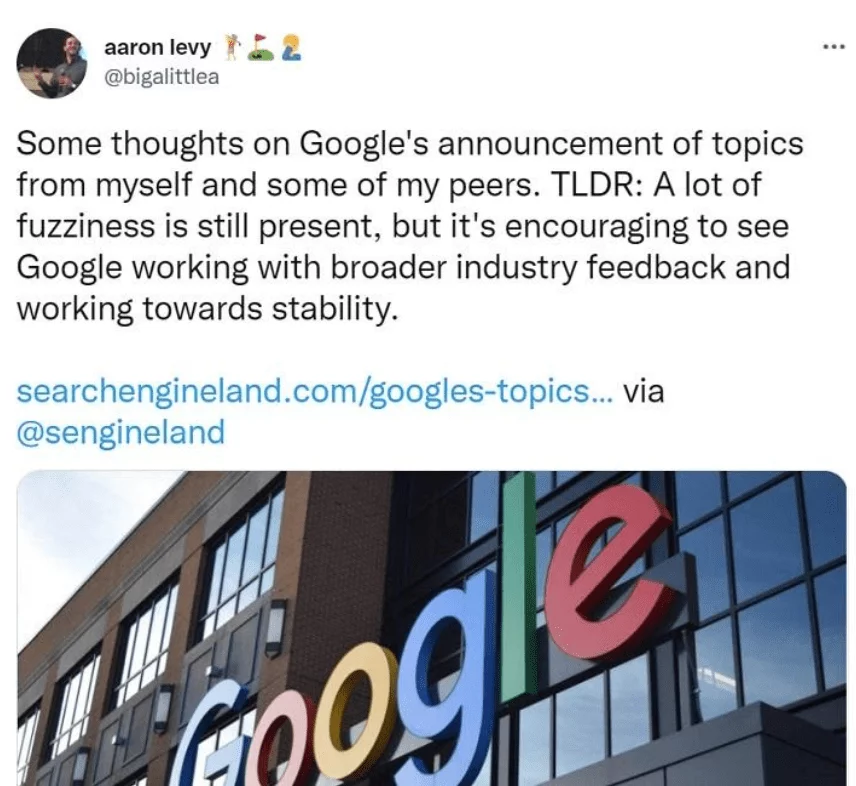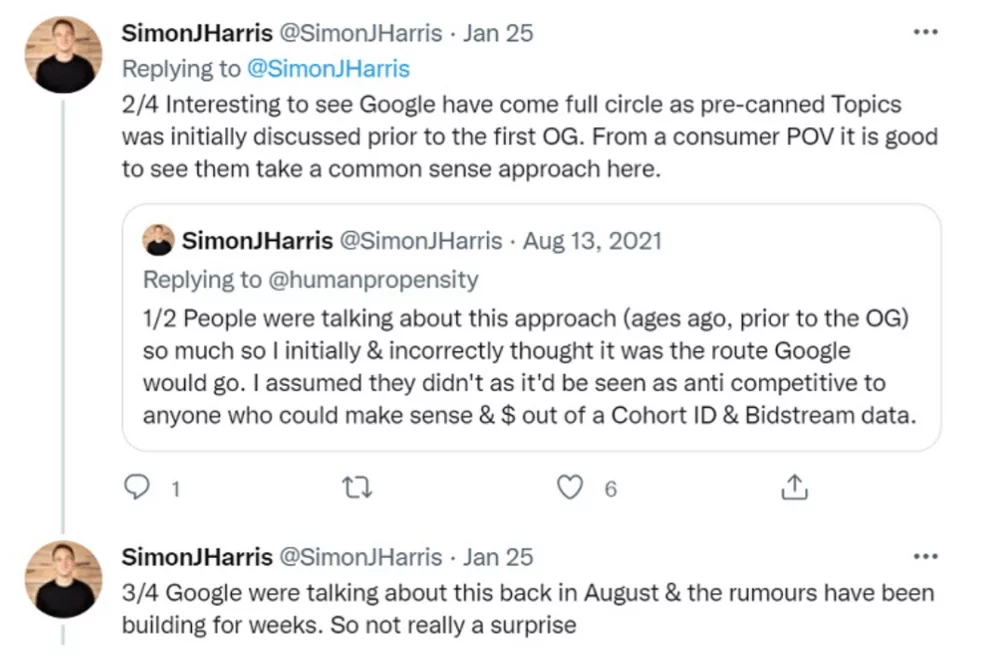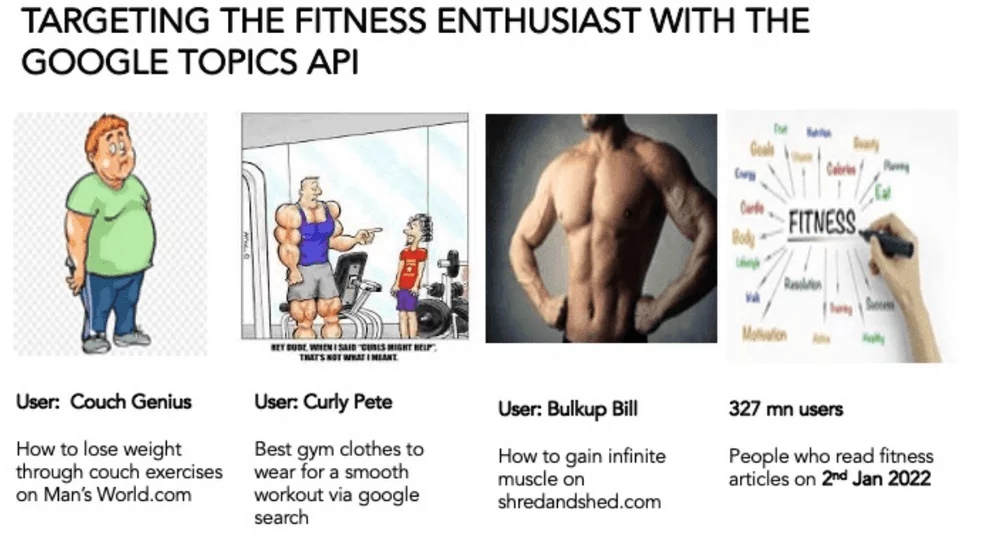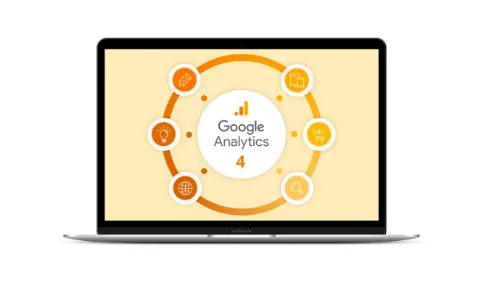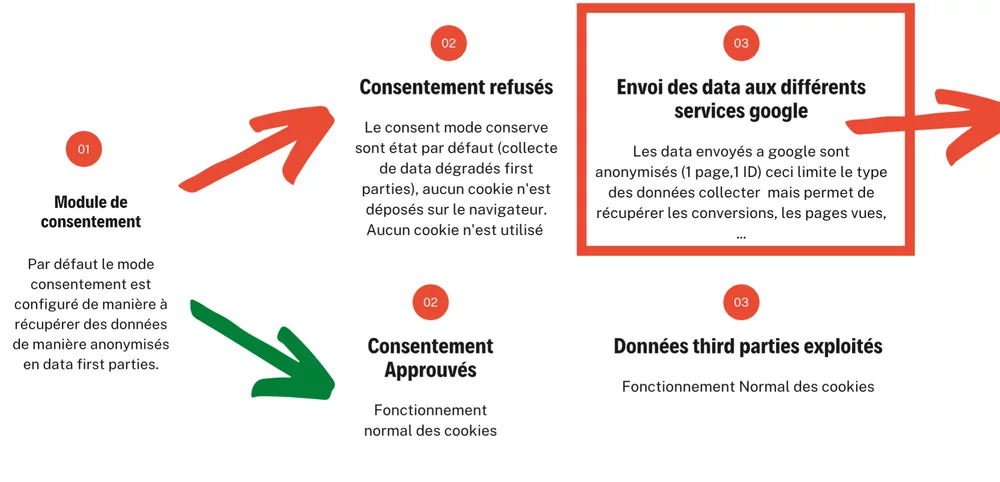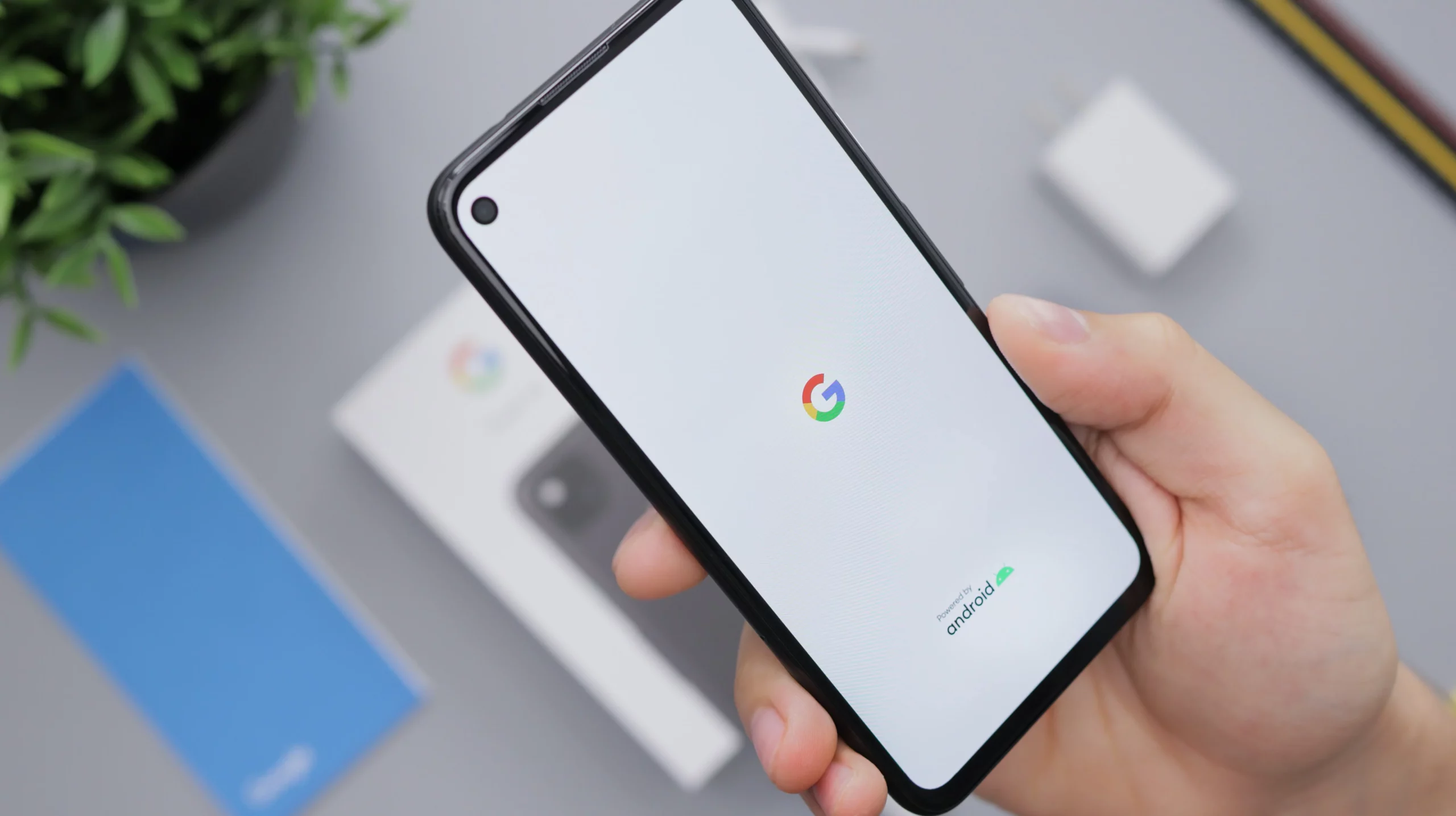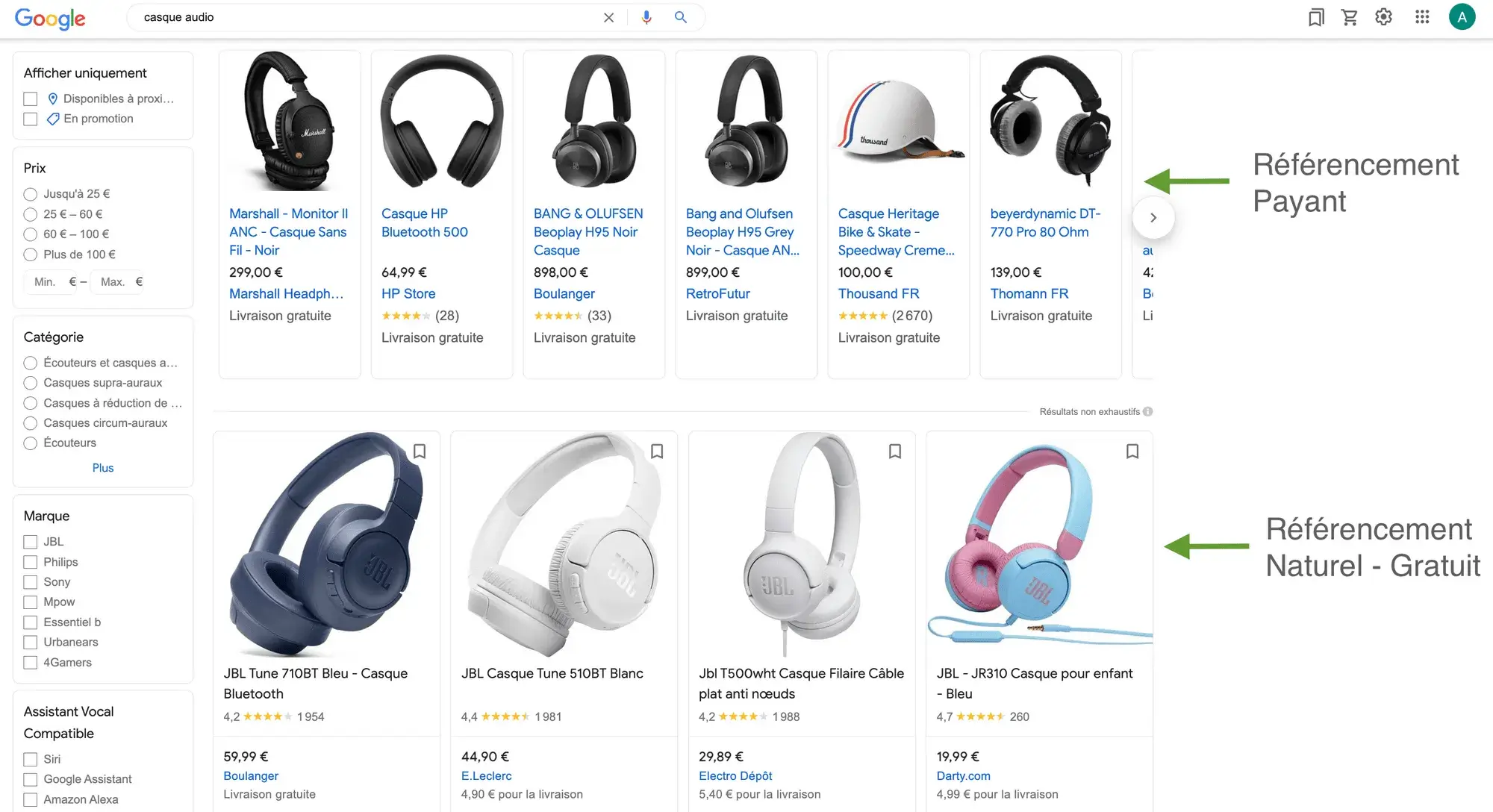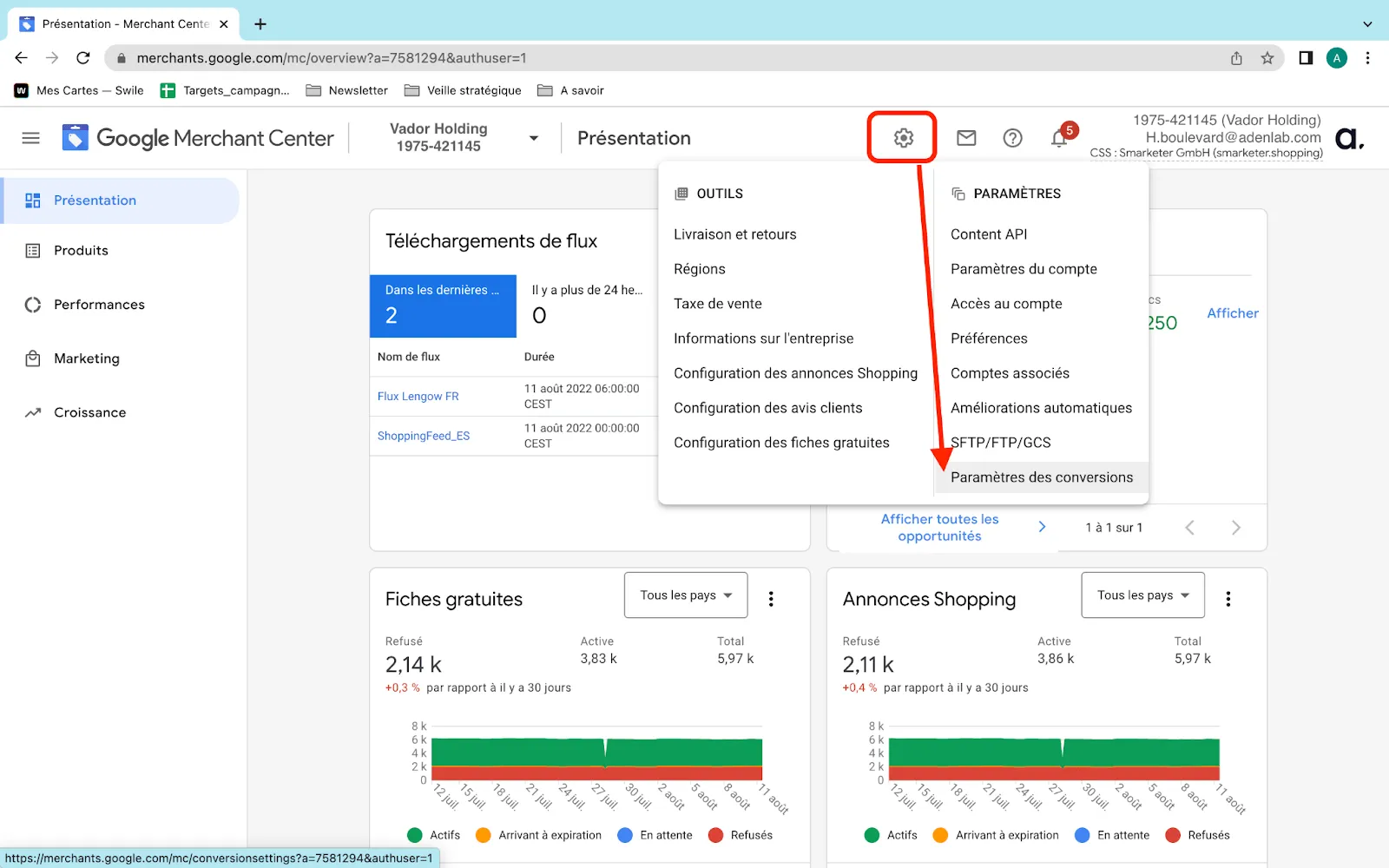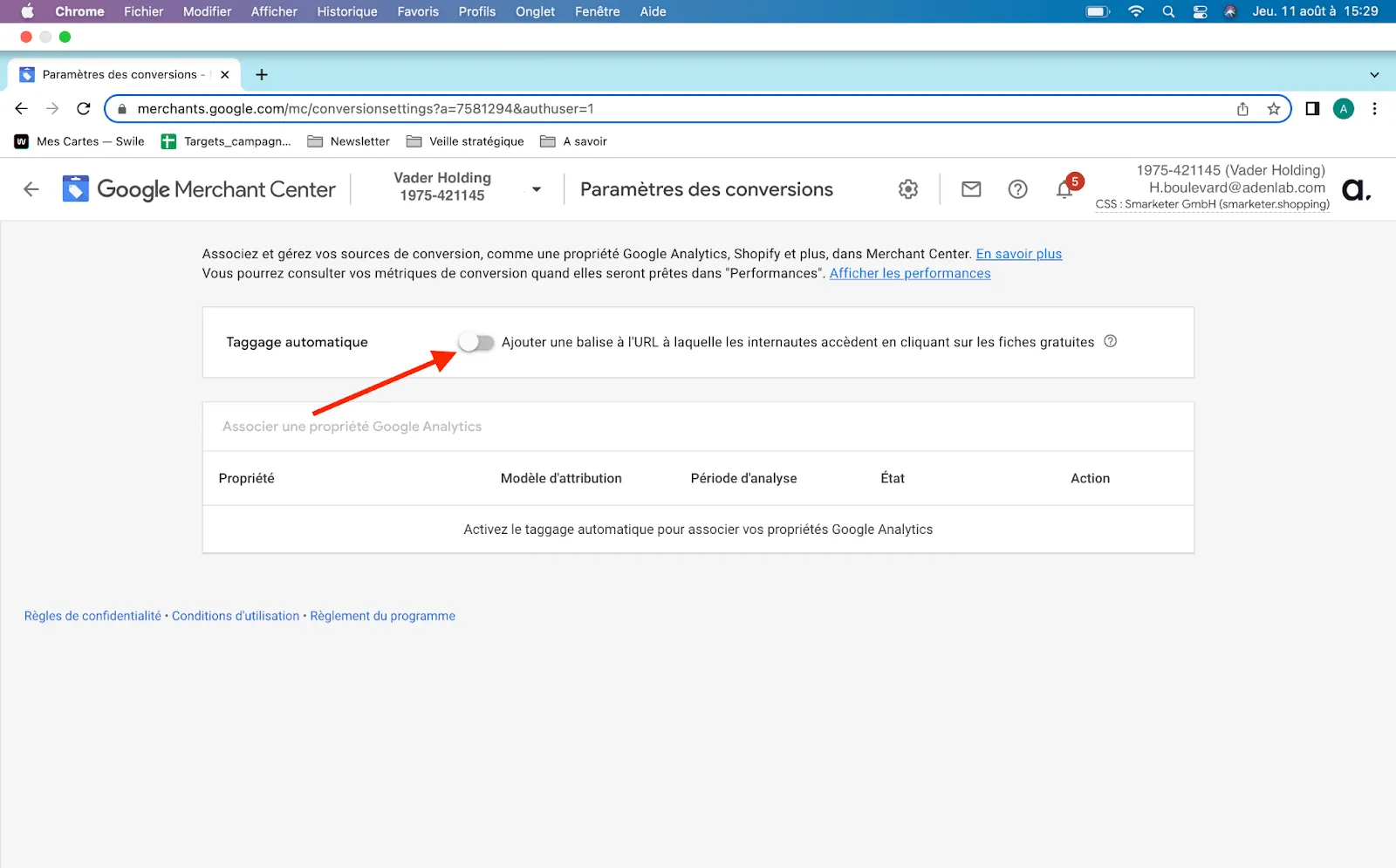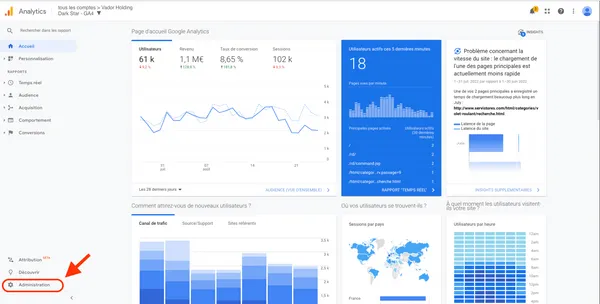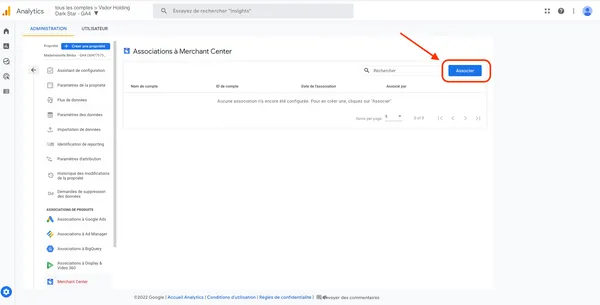How do you get started and set up your campaigns? We tell you all about it!
A reminder about Performance Max: what is it and how does it work? Performance Max is a new tool created by Google to centrally manage online advertising campaigns.
Its goal
Its aim: to generate high-performance results across multiple channels (Search, Display, YouTube…), all from a single platform, in a single campaign. The stated aim is to facilitate the management of advertising campaigns for all advertisers.
His secret
Its secret: automation and the power of its algorithm, designed to achieve conversion objectives and not just be visible on keywords.
Deployment schedule
So how do you go about migrating your Smart Shopping campaigns? First of all, you’ll need to clarify your conversion objectives by product or service, rather than thinking in terms of keywords, which people would search for in order to buy them. Here’s why:
Conversion goals at the heart of Performance Max's Google Ads campaign strategy
These are the first elements you’ll be asked for when you launch a campaign on Google Performance Max, and they’re essential. Each campaign will be designed and automated according to your conversion objectives. These can take the form oflead acquisition via phone calls or form filling, or even purchases on your ecommerce site.
We’ll explain below how to optimize them, but first, here are the main elements to prepare and the steps to follow to successfully migrate your Smart Shopping campaigns to Performance Max.
What you need to launch a Perfomance Max campaign
Your marketing and conversion objectives
Your feeds
Google My Business (optional) ○ Google Merchant Center (optional) ○ Dynamic ad feed (optional) ○ Business data feed (optional)
The resources you'll be using
Text, image, video (optional as it can be generated automatically)
Your audiences
Primary audiences, including remarketing lists (optional) ○ Google Audiences, including custom audiences (optional)
Your geographical targets
The desired budget
On this basis, ads will be automatically served on search engines, Maps, Display, Gmail, Discovery and YouTube.
Getting started: how do I create a Google Ads campaign with Performance Max?
Step 2: Choose Performance Max campaigns Step 3: Determine a strategic bid and budget Step 4: Add as many campaign parameters as you need Step 5: Create an asset group and assign it/them an ad group and assign them an audience Step 6: Add extensions, if relevant to you
Start your migration: when and how to launch your first Performance Max campaign with Google Ads?
○ You should also know that the sooner you get started, the more you’ll benefit, because from the 2nd half of 2022 you’ll automatically be redirected to this type of campaign as far as Google Shopping is concerned. ○ But for now, you can go step by step, and it’s even recommended.
○ Google Ads Performance Max campaigns are complementary to your existing campaigns. However, Performance Max campaigns will take priority over existing Shopping campaigns that use the same products in the same account. ○ Don’t launch a Shopping campaign (standard or Smart Shopping) and a Google Performance Max campaign at the same time and for the same product references ○ Test a campaign first to tame the tool and do some “test and learn”. ○ Refine your campaigns and deploy them on more offers or products, depending on the results obtained in the test phase (we explain the recommended timing below).
Test & learn: our recommendations
Don't switch all your campaigns at once to Performance Max
As we’ve just seen, it’s advisable to test Performance Max alongside your existing campaigns, whatever the channel. Indeed, even though Performance Max delivers ads across the entire Google inventory, it’s important to use it alongside your existing campaigns as a complementary strategy. This is because existing campaigns often have additional features and tools (such as keyword research), which can help maintain your brand’s presence on different platforms and conversion volume, while Performance Max enables you to seize additional opportunities.
Tracking and analysis of Performace Max campaigns from Google Ads
In order to be able to track and analyze your campaign, you need to use Google Analytics Conversion Tracking for a more precise measurement of conversions, or alternatively, Google Ads Conversion Tracking.
Launch: Sample campaign schedule
1 . Analysis of a typical period before the campaign 2 . Conversion measurement phase for this sample period 3 . Implementation of the Performance Max solution, start-up phase 4 . Performance Max campaign acceleration phase 5 . Evaluation of campaign results
To be set up BEFORE the campaign
Include: Campaigns optimized for the same purpose as Performance Max. Exclude: Existing campaigns that are not optimized for the same objective, such as branding campaigns like YouTube Instream and CPM Display.
To be examined AFTER the campaign
Change in global conversions. Change in conversion value to a similar CPA/ROAS*.
Please note
Examining the breakdown of performance by objective can also be useful! But wait a minute … Before we know how to examine your campaigns, let’s answer a key question: “How do you determine your conversion goals on Performance Max?”
Focus on... Google Ads and Performance Max conversion targets
Set relevant objectives
The Performance Max algorithm attempts to capture the most qualified conversions according to a desired ROI. If you want to optimize it, it’s advisable to aim for the lowest conversions in your funnel (i.e. the purpose of your campaign: call, form, purchase…), but also to choose a reasonable volume, closely aligned with the desired objective!
In brief
Take the time to prepare your campaigns before getting started, and migrate your campaigns. Test different product verticals to get the most out of Google Performance Max. Because even if the promise is campaign automation, there are still a good number of optimization points to improve your conversions. Would you like to talk to our experts? Contact us now! We help a large number of ecommerce sites manage their Google Ads campaigns.


